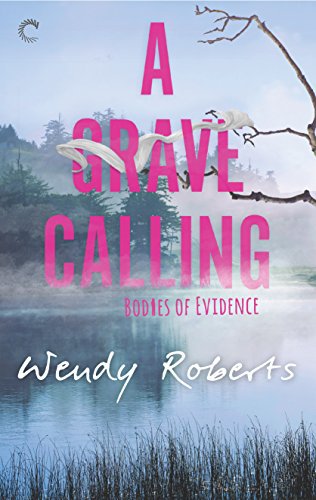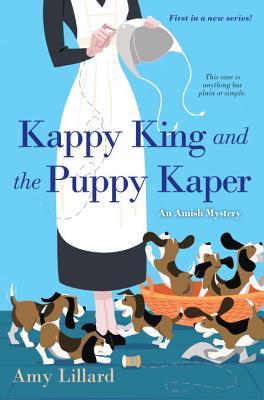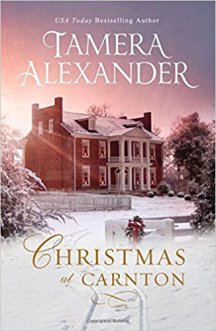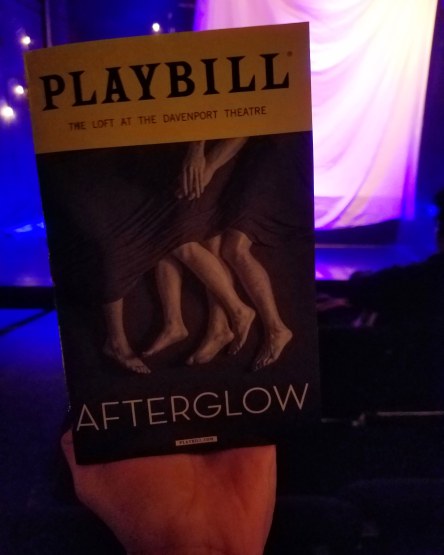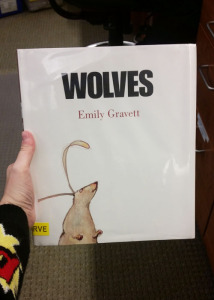
Genre: Mystery, Historical Fiction
Setting: 1830s, Scottish Highlands
Pages: 357
After reading Faulkner’s Light in August, I needed to relax with a book that was easy reading and had a lighter tone, so I picked up The Anatomist’s Wife. To what extent a murder mystery can (or should) be used to decompress is arguable, I suppose. Nevertheless, Anna Lee Huber’s first novel in her Lady Darby series did much to ease my mind, providing a very enjoyable read, and I’m excited to continue the series.
The Anatomist’s Wife is told from the POV of a female member of the Scottish nobility, Lady Kiera Darby. Lady Darby has a dark backstory, having worked as an illustrator for her deceased husband while he performed surgical autopsies (a practice still very much taboo at the time). Therefore, when a female houseguest is murdered at her sister’s estate suspicion falls on her. Lady Darby has to work cleverly and covertly alongside fellow houseguest Sebastion Gage to determine who among the remaining guests is the murderer, before the procurator fiscal arrives.
The Good: I loved the setting of a castle in the Scottish Highlands. If you are a fan of the Outlander series this might be a book for you. I also found the narrator, Lady Keira Darby, to be a compelling character. She is smart and independent and the darkness in her past makes her a sympathetic character. There were moments I was worried she would be the type of woman who was perfect in her imperfections, and all other female characters would be cast aside as deeply flawed creatures with no redeeming qualities in a move to further bolster Lady Darby’s position as heroine. This is a trap that the Outlander series falls into at times, and I was worried based off the early character portraits sketched from Lady Darby’s POV (a bit of a pun, as Lady Darby is an artist who excels in painted portraits) that this was how the story was going to play out. Luckily, this turned out not to be the case. First of all, Keira Darby seems to view the men in the story equally as disdainfully as she views women. Secondly, it becomes increasingly clear throughout the novel that her outlook is built upon the treatment she has received from upper class society following her husband’s death. Thirdly, her interactions and thought processes regarding specific female characters evolve in such a way that, at times, the novel seems to be a poignant critique of various toxic societal norms and conventions and a conscious rebuff of the manifestations of internalized misogyny.
The Bad: The plot is pretty predictable, which isn’t too much of a problem if, like me, you appreciate the effect of good storytelling. It didn’t matter to me that I correctly guessed the identity of the murderer because Huber’s writing is smooth and lovely, and I enjoy watching the unique ways authors choose to craft their stories and reach their endings. The only other complaint I have was that after interviewing each suspect, Lady Darby immediately expressed her doubt as to whether the character was capable of murder. This is the primary reason for the relatively predictable ending, considering Lady Darby does not come off as an unreliable narrator.
Share this: